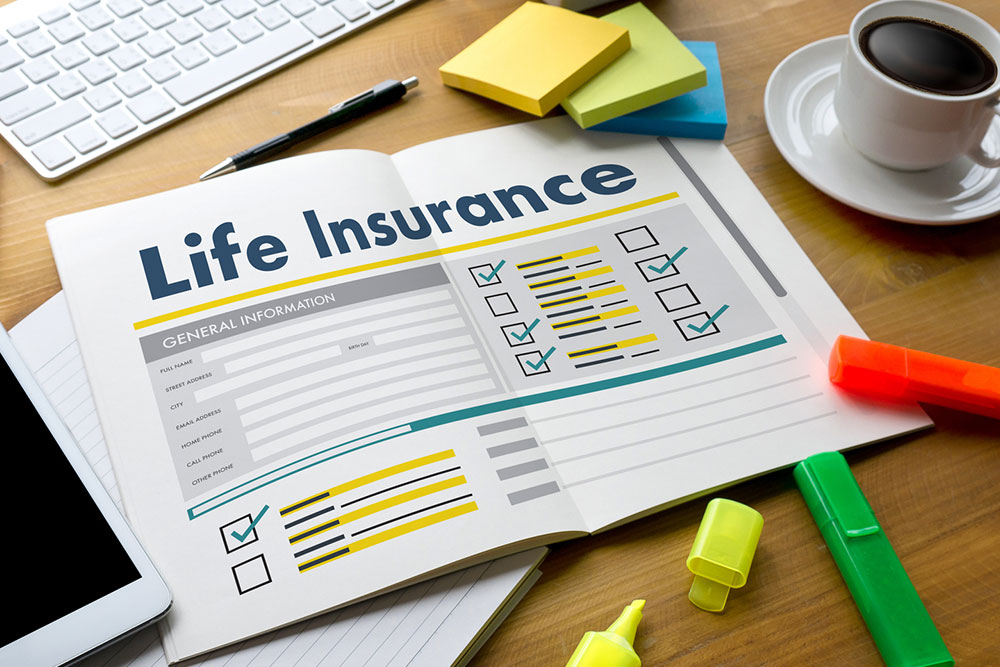
7 reasons why whole life insurance is not for everyone
Life is unpredictable, which is why, many choose to get life insurance that can offer them and their loved ones financial security. Here there are mainly two options, opting for a fixed term insurance policy (term life insurance) or lifetime coverage (whole life insurance). The latter is more expensive but offers lifelong coverage, offering some peace of mind to policyholders. But it may not be the best option for everyone for a few reasons.
1. Lack of transparency
One of the primary issues with whole life insurance is that it is often sold inappropriately and made to sound too good to be true. Agents and insurance providers may not share details regarding certain costs, like commission to the salesman, administrative costs, and the actual cost of the insurance. If such hidden costs are revealed beforehand, the terms may be unclear. As this is already an expensive policy, the hidden details can make one regret the decision later.
2. Unnecessary coverage
Whole life insurance is often worth less than it costs. The death benefit it offers is also lower than term insurance. Also, whole life insurance might be unnecessary specifically for certain people, like single policyholders. Here, nobody depends on the income of the policyholders, so they do not need to buy insurance for a death benefit. Alternatively, if the policyholder has only a partner as the dependent, they may be better off investing elsewhere and getting higher returns that they can leave behind for the partner. A whole insurance would be unnecessary here. Instead, one can opt for term life insurance to save money on premiums and get a bigger death benefit for their partner.
3. Expensive premiums
Compared to the term life insurance, whole life insurance can be quite costly. For instance, where a term life insurance policy would come with an average monthly premium of a few hundred dollars, say $300–$400, whole life insurance premiums tend to be thousands of dollars—about $4,000–$4,5000. Clearly, the difference is massive. So, if one just wants life insurance coverage instead of an investment option, it is better to buy term insurance rather than whole life insurance.
4. Slow cash value growth
In the first few years of buying the whole insurance policy, the chunk of the premium one pays will be allocated toward covering admin costs, commissions, and fees. Gradually, bigger chunks of the premiums will go toward the cash value. The problem is that this takes a while, so one may have to wait about 10 to 15 years to build adequate cash value to then be able to get a loan against this amount. So, if one wants an investment that fetches positive returns faster, whole life insurance may not be the right option. However, one may still consider getting such a policy if they are young. This gives one enough time to get ample returns on the cash value.
5. Low cash value rate of return
On average, the annual rate of return on cash value for whole life insurance is between 1% and 3.5%. While the benefits of such a policy are guaranteed and fixed returns on the cash value, the drawback is the low rate of return. So, if one is considering opting for whole life insurance as an investment, it might be better to go for real estate, bonds, and stocks, as they offer higher returns. Either way, one should speak to a financial advisor to learn about more lucrative tax-saving investment options that align with one’s risk tolerance.
6. No control over portfolio
With whole life insurance, the insurance company has control over the interest rate or dividend and management of policyholders’ investments. So, it is a hands-off product in terms of investment. This may work for novice investors, but seasoned investors may not like relying on investment managers to deliver returns. So, if considering using a whole life insurance policy as an investment, one should revisit the decision and look for alternatives that offer better control. A few such options could be variable universal life insurance, variable life insurance, and indexed universal life insurance.
7. Tax implications on cash withdrawal
Typically, with whole life insurance, one has to pay taxes on the cash value if they access it. Also, the IRS will charge tax on the value exceeding the policy basis. The value is the sum one has already paid in premiums minus the dividends. So, if one withdraws less money than the policy basis, one does not have to pay tax, but withdrawals over the amount are subject to income tax. In addition, one may also have to bear taxes if they borrow against the policy or surrender the policy. One should consult their accountant to know how the withdrawals impose tax implications.
Another thing to consider is the limited flexibility associated with whole life insurance compared with other life insurance policies. One may not be able to change the premiums or the death benefit over the term of the policy. Whatever is set at time of signing the agreement So, it is important to read the terms carefully before buying whole life insurance.


